
Each year on 22nd of April, people around the world gather to celebrate Earth Day – and this year, it couldn’t be at a more pressing time. With government policies and proposals being discussed on an almost daily basis, David Attenborough’s ‘Blue Planet 2’ causing a national cry for more to be done to protect our oceans, and predictions announced that by 2050 there will be more plastic in our oceans than fish, Mr Lender explored just how the use of plastic has impacted on the planet around us, and how you can do your bit to help.
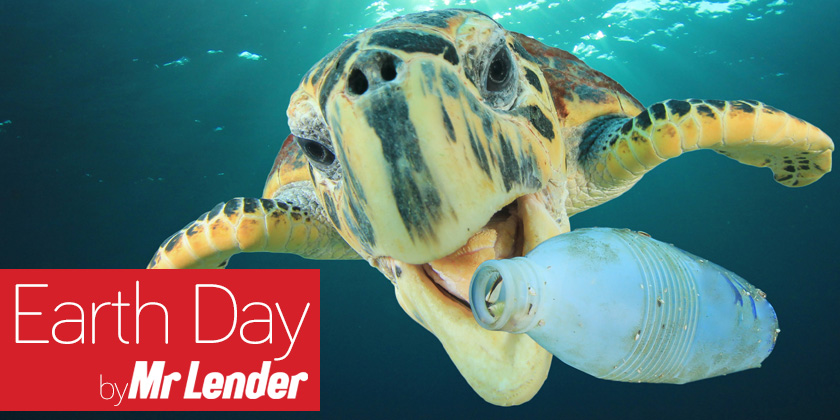
Why is Earth Day important?
While it is difficult to calculate just how much plastic is in our oceans, it is estimated that around 8million tonnes of plastic are added each year to the existing 150million tonnes of plastic already in the ocean. To put this into perspective, a blue whale weighs up to 200 tonnes. This means we’re putting the equivalent of 110 blues whales into the ocean every single day. The existing 150million tonnes of plastic already in the ocean is equivalent to around 750,000 blue whales. Considering the blue whale population is between 10,000 – 25,000, that is a lot of plastic!
Of course, with that much plastic swimming around in the ocean, it is impossible for marine life to successfully navigate around it without it impacting on their day-to-day lives. Animals in the oceans are unintentionally eating plastics and feeding it to their babies, they’re getting caught up in the floating debris in the ocean and having their lives put at risk because of it. The oceans around the world today are no longer quite as Finding-Nemo-esque as they once were. A recent article from The Independent said that the Ocean Conservancy found 60% of all sea birds and 100% of sea turtle species had plastic inside them.
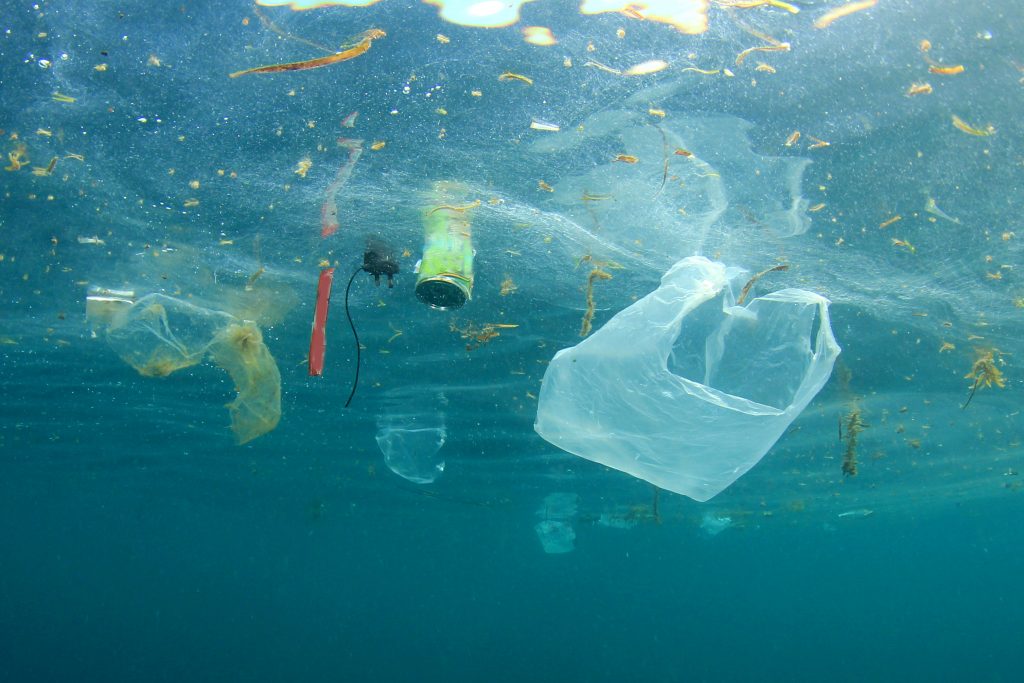
Though of course, unless you’re a mermaid/underwater creature, it isn’t very likely that this vast amount of plastic in our oceans will affect you on a day-to-day basis, right? Wrong. As the animals in our oceans eat plastic and develop diseases and complications as a result, they are more at risk of extinction, which of course throws the entire food chain off-kilter. Not only for the animals in the ocean who depend on these dwindling populations to live, but for us humans too.
While it may have never crossed your mind, it is terrifyingly obvious that any animal unintentionally consuming plastic, to then be fished out of the sea for our consumption, will inevitably pass this plastic on to us. In 2017 it was reported that scientists from the Ghent University in Belgium calculated that lovers of shellfish are consuming 11,000 plastic fragments each year. A further study from the University of Plymouth found that a third of UK-caught fish contained plastic, including “cod, haddock, mackerel and shellfish”.
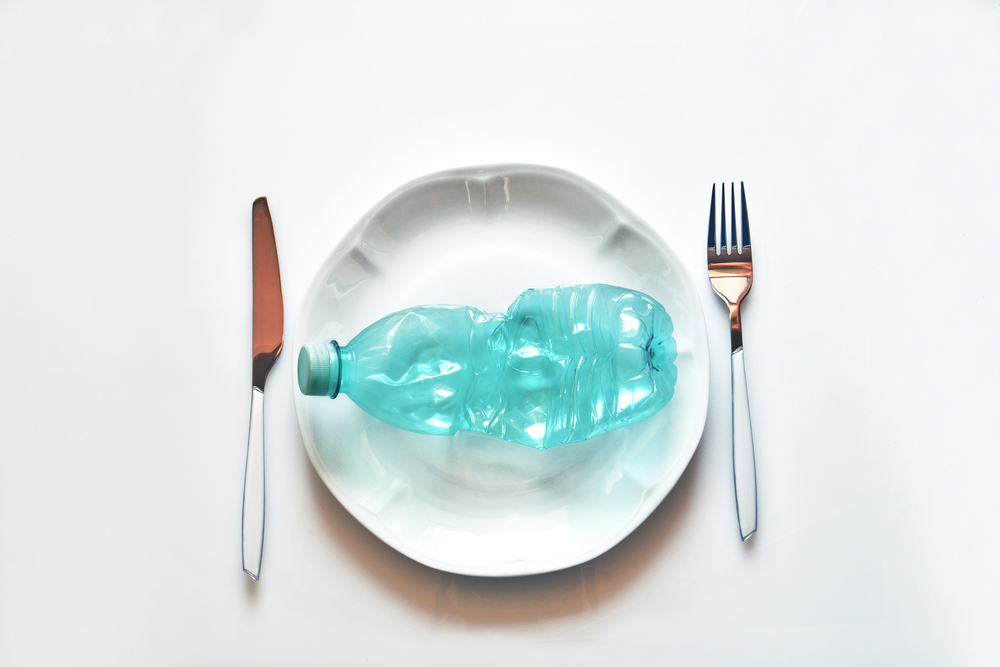
In the Pacific Ocean alone is what has become to be known as the Great Pacific Garbage Patch. A ‘trash vortex’ spanning from the West Coast of North America all the way out to Japan. According to National Geographic, satellite imagery doesn’t show a giant island-like patch of garbage floating through the ocean. Instead, microplastics give the ocean a cloudy appearance, “intermixed with larger items, such as fishing gear and shoes”. It’s estimated that the patch weighs around 705,000 tonnes – back to our whale analogy, that’s around 3,525 blue whales. Scientists collected around 750,000 pieces of microplastic from the Great Pacific Garbage Patch in just one square kilometre – that’s around 1.9million pieces per square mile.
National Geographic say that as the Great Pacific Garbage Patch is so far away from any one country’s coastline, no one will take responsibility for cleaning it up. Captain Charles Moore, the man who discovered the patch back in 1997 claims any country who attempted to clean it up would be left bankrupt. Of course, cleaning up the world’s oceans isn’t easy anyway. Many pieces of plastic in the ocean are about the same size as the animals whose homes have been invaded, so using a net to scoop up the plastic would inevitably catch the animals too. It has also been reported that about 70% of debris sinks to the bottom of the ocean – the plastic we see at the surface only accounts for about 30%.
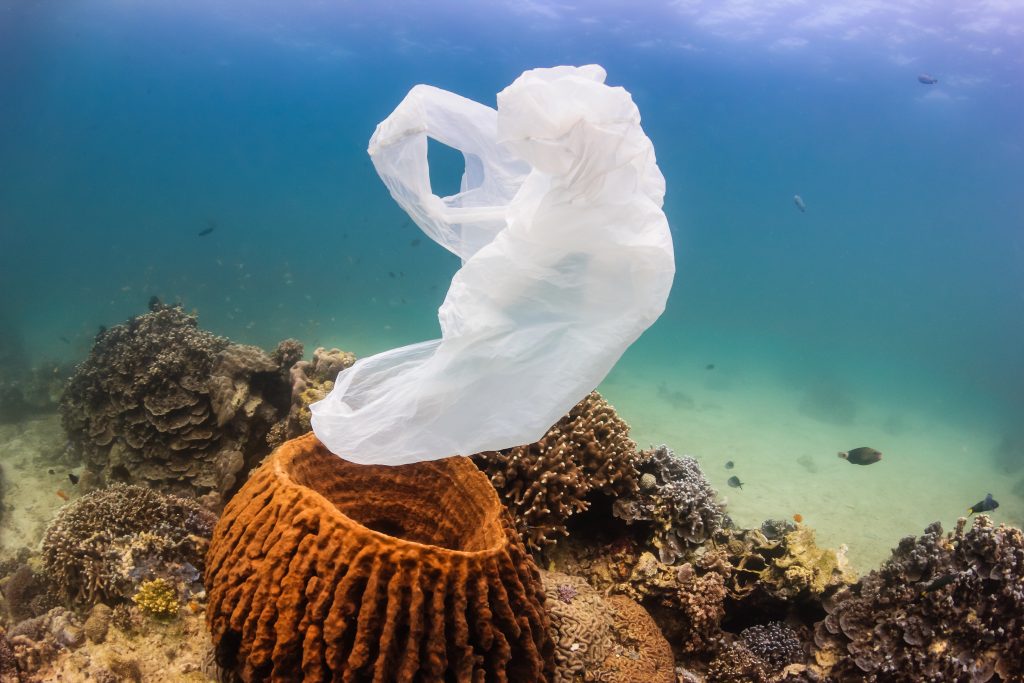
Events and world awareness days such as Earth Day allow us to explore and raise awareness for the catastrophic way in which we are shaping the world for future generations. It allows people to come together and discuss steps that can be taken to change attitudes and clean up the earth’s oceans, among a number of other things. These, of course, are discussions that shouldn’t be limited to just one day a year, but days such as these bring attention to these events and encourage people to take the time to learn more about the world around us.
Earth Day
Almost 50 years ago, on 22nd April 1970, 20million people gathered in schools and colleges across the United States to peacefully demonstrate for environmental reform. Twenty years later, in 1990, the number of people willing to participate in Earth Day events had increased tenfold, and stood at 200million people across 141 countries. Today, it is estimated that 1billion people will take part in Earth Day celebrations and events around the world. According to the Earth Day website, the fiftieth anniversary celebrations in 2020 “can be the catalyst that galvanises an unparalleled global collaboration”.
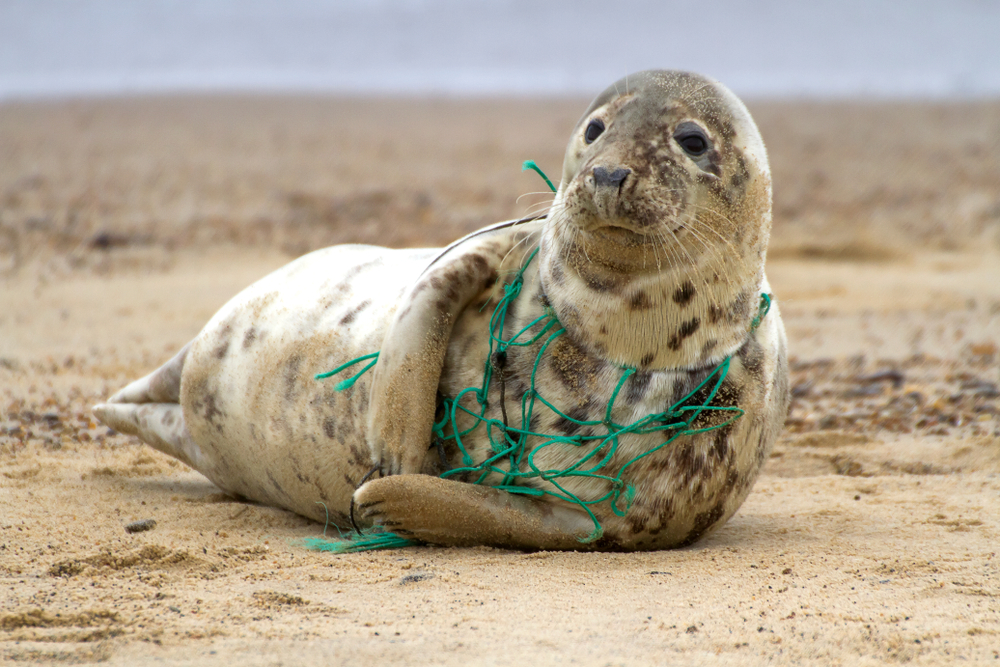
President of the Earth Day Network, Kathleen Rogers, said that the goals of the Network include “ending single-use plastics, promoting alternatives to fossil fuel-based materials, promoting 100% recycling of plastics, corporate and government accountability and changing human behaviour concerning plastics”.
On 15th April, exactly one week before Earth Day, Theresa May announced a new “Commonwealth Clean Oceans Alliance” which is currently an agreement between the UK, Vanuatu, New Zealand, Sri Lanka and Ghana to fight the impact of plastic, though it is hoped many more countries will join. Funding of £61.4million will go towards the work of the alliance; £25million will be used in a bid to help researchers investigate the issue of marine plastic from “a scientific, economic and social perspective”; £20million will be spent on curbing “plastic and other environmental pollution generated by manufacturing in developing countries and prevent it entering the oceans”; while the remaining £16.4million will be spent improving waste management on both a city and national level to stop plastic from entering the oceans.
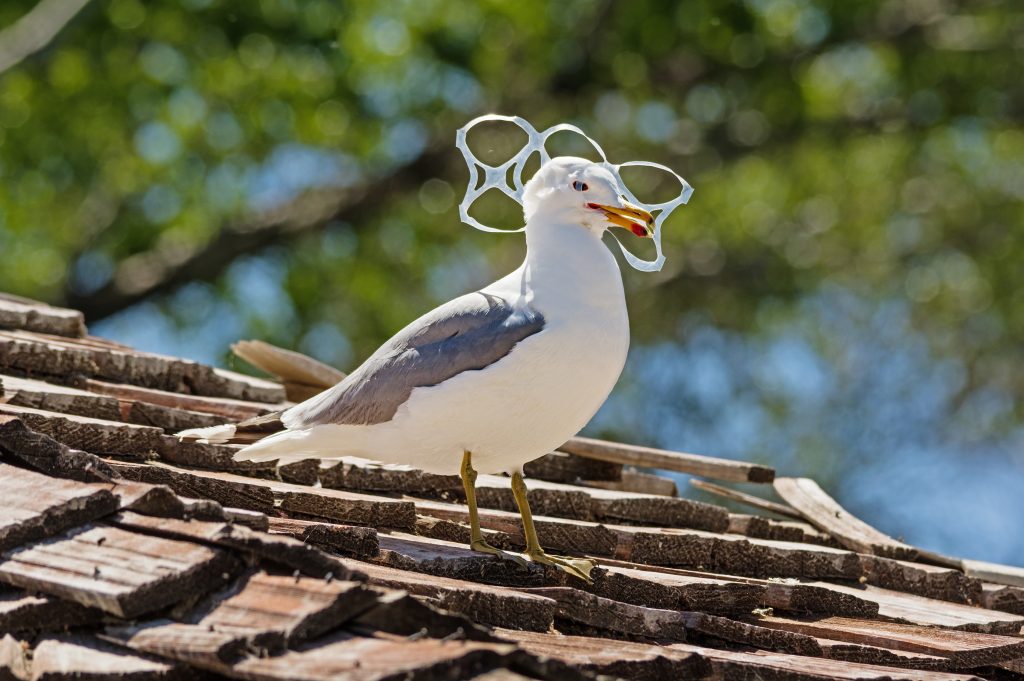
WWF say “the announcement is good news for nature, and for people around the world. We can’t save our oceans just by tackling the plastic waste problem at home. This alliance shows that the UK is committed to being part of a global solution.
“Two billion people around the world don’t have access to proper waste collection, so much of the plastic they use ends up in our ocean”.
Theresa May said of the announcement: “this week we will look closely at how we can tackle the many threats to the health of the world’s oceans, including the scourge of marine plastic pollution,” She went on to say “as one of the most significant environmental challenges facing the world today, it is vital that we tackle this issue, so that future generations can enjoy a natural environment that is healthier than we currently find it.
“The UK public as shown passion and energy in the fight against plastic waste, and I believe the commonwealth is uniquely placed to further this transformative action. It is a unique organisation with the strength and commitment to make a difference.
“If we stand together, we have the opportunity to send not only a powerful message to the world, but also to effect real change.”
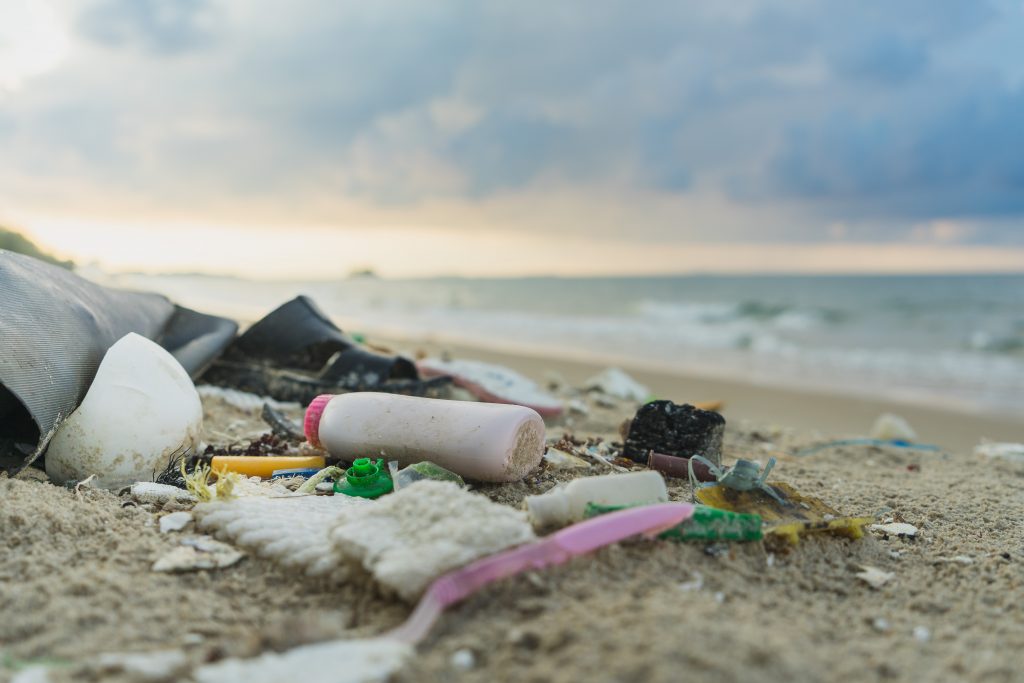
How to cut back on plastic use
One incredibly important move to take to preserve our marine life, is to cut back on single use plastics. This includes disposable coffee cups and cutlery, plastic straws and cotton buds. In fact, it was recently announced that the government was considering banning the use of plastic straws and cotton buds entirely, as well as imposing a ‘latte levy’ in coffee shops to encourage customers to opt for a reusable cup instead.
Of course, cutting plastic from your day to day lives will be difficult, considering just how much of our lives today depend on the malleable material. Although, making changes in a bid to cut back is a step in the right direction. Begin by making note of just how much plastic you use daily, and how much is thrown away. Next, work out how much of this disposable plastic can be recycled. You should now be left with a list or a pile of plastic products which are destined for landfill, and you should be able to take note of which products can be replaced with a non-plastic alternative.
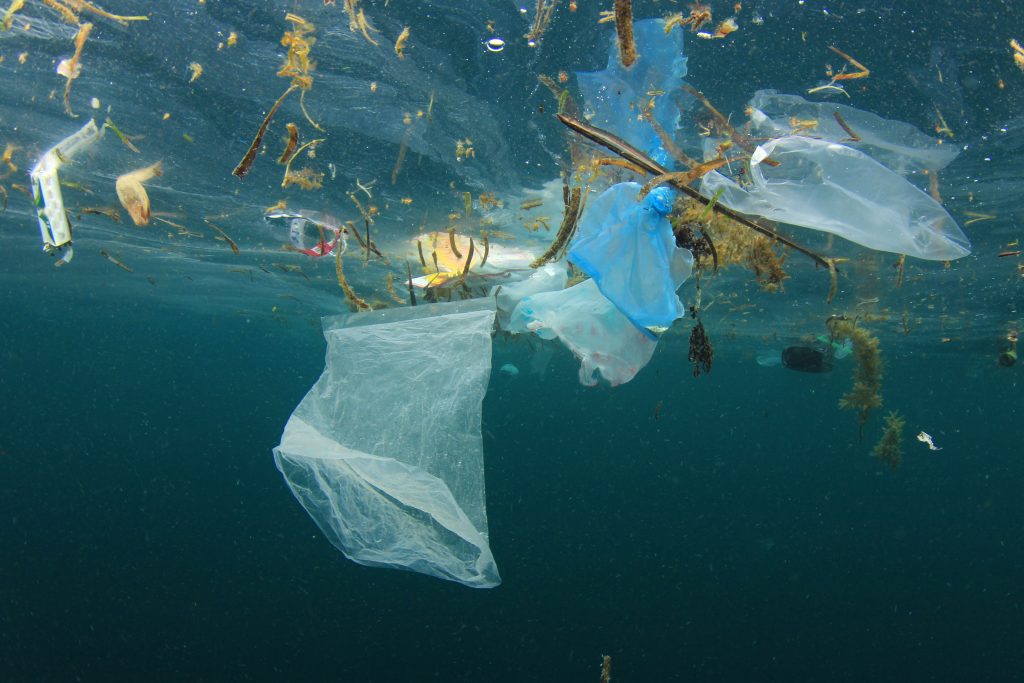
How cutting out plastic could save you money
While cutting back on plastic will help the environment massively, it could also be kind on your bank balance too. If you have small children and plastic straws are a staple in your household, consider switching to paper straws or reusable curly ones instead. While the plastic curly straws will inevitably end up in the same place as the single-use alternative, they will most definitely save you money in the long run, and the impact they have on the environment is far less in comparison.
You could also save money and use less plastic by opting for loose fruit and veg when carrying out your weekly shop. Of course, this will depend on where you shop and the products you are choosing to buy, however buying loose goods means you are buying only the amount you need and not any extra, which means you will be throwing away less wasted food.
If you are partial to a take away coffee, you could save money by choosing to use a reusable cup. Most highstreet coffee chains will now offer a discount on the cost of a hot drink if you provide the cup yourself – this varies from 25-50p per drink.
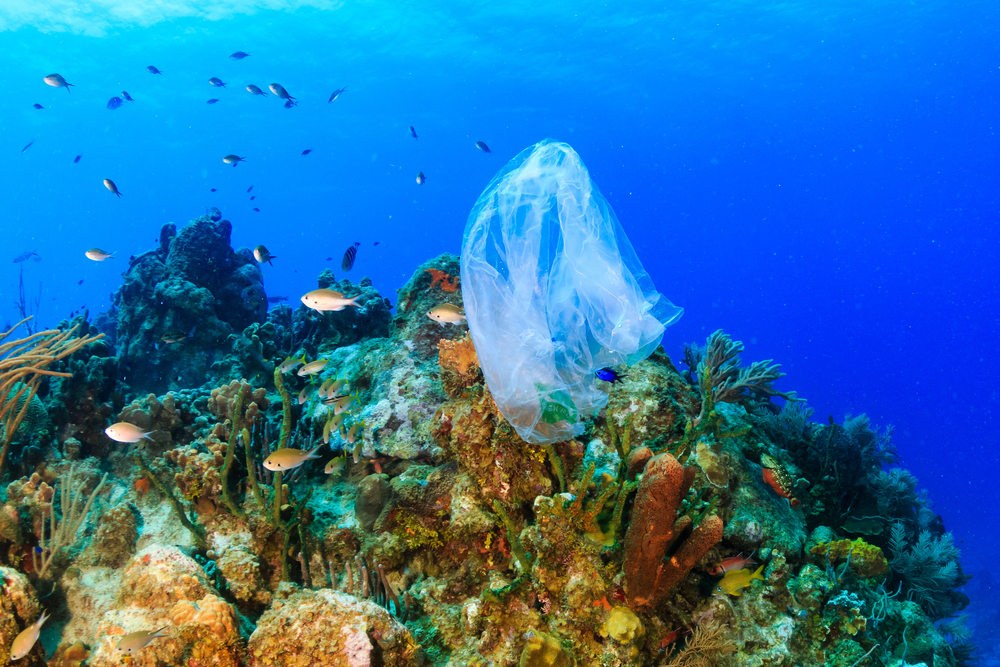
Steering clear of plastic bottles is another way in which you can save your planet and bank balance. Did you know there’s an app available which lets you know about nearby filling stations where you can fill your water bottle for free. Some health food shops will also let you buy cleaning products by refilling empty bottles, and guess what? There’s a website which tells you where your nearest filling station is.
It may not seem as though cutting back on plastic on a personal level will have much of an impact on the environment and the preservation of our marine life – however if just a few hundred people made the decision to cut back, the impact could be monumental. If you would like to get even more involved in the cleaning up of our oceans, there are plenty of events for you to volunteer your time to. The biggest is the Great British Beach Clean, an annual event held on the third weekend of September. National Geographic say that “80% of the debris in the Great Pacific Garbage Patch comes from land-based activities in North America and Asia”, so cleaning up the beaches is a great way to prevent even more plastics from entering the oceans and preserving the planet for generations to come.
